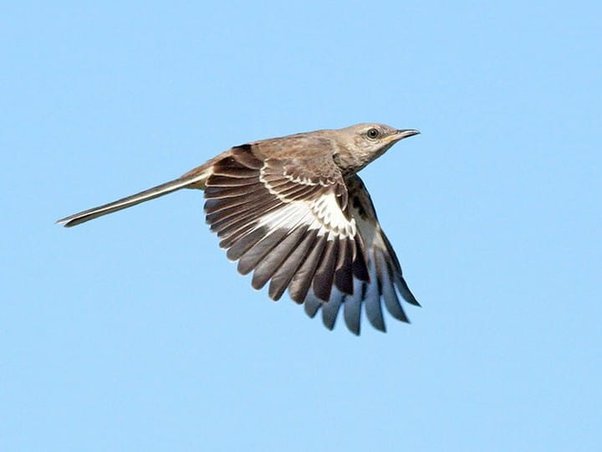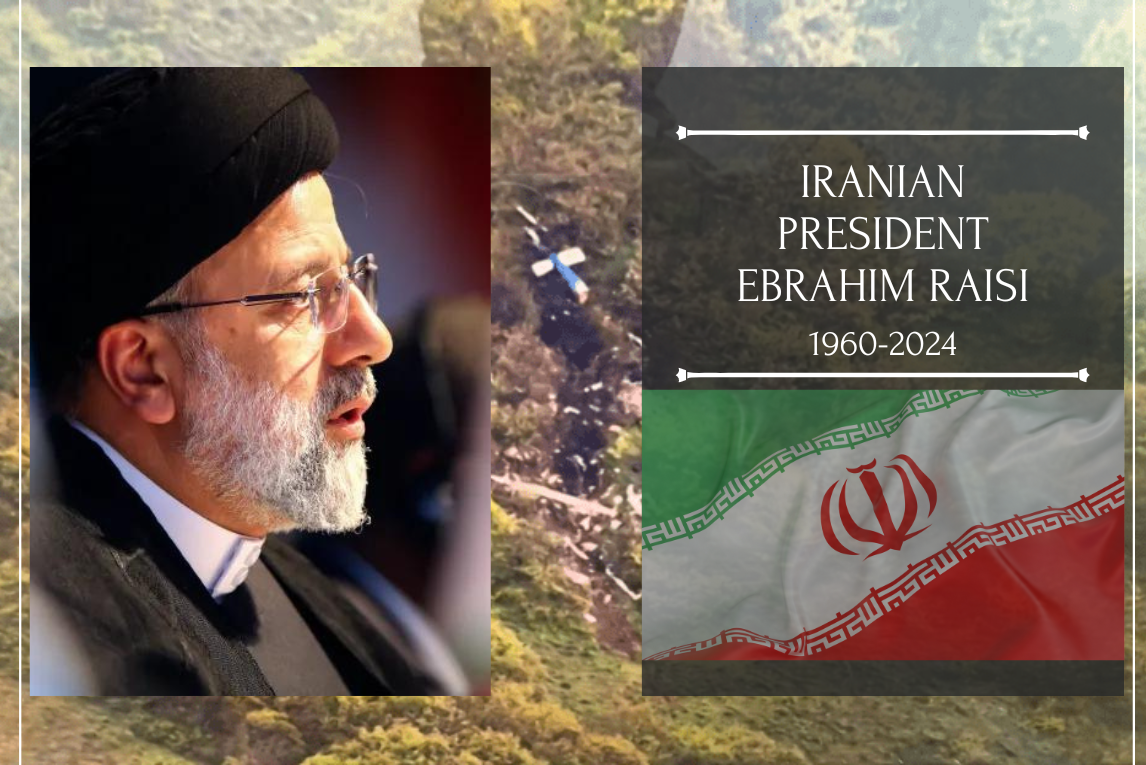The Northern Mockingbird, Arkansas State Bird, is more than just a friendly bird; it’s an integral part of the state’s nature facing significant challenges. With ecosystem loss on one side and the effects of climate change on the other, it’s like facing a dragon with two heads. In this blog post, we’ll delve into the difficulties the Northern Mockingbird confronts, akin to navigating through the dragon’s lair. We’ll explore both the threats it faces and the efforts people are making to help. This journey sheds light on the struggles of our well-known bird friend. Understanding these challenges is crucial; it’s akin to illuminating the path in the dark, enabling us to collaborate effectively for a brighter future for our Arkansas State Bird.
Species Details of Arkansas State Bird
Identification
Meet the Northern Mockingbird, or as scientists call it, Mimus polyglottos. This bird is like the maestro of mimicry, pulling off a symphony of sounds from its surroundings. Picture a little gray fellow with stylish white patches on its wings – that’s our resilient friend. It’s like the tough cookie of the bird world, standing strong in the face of whatever nature throws its way. The Northern Mockingbird is not just a bird; it’s a feathered virtuoso, playing the tunes of adaptability and toughness.
Cultural and Ecological Significance
Aside from its outward qualities, the Northern Mockingbird has great cultural and ecological value in Arkansas. This bird is revered for its exceptional ability to replicate a wide range of sounds, including other bird species, insects, and even mechanical noises, and has earned a position in local mythology. Its beautiful cries reverberate throughout the state’s landscapes, adding to a diverse cultural tapestry.
The Northern Mockingbird is an important ecological species that helps to keep Arkansas’ ecosystems balanced. As an omnivore, it eats a variety of foods, including insects, fruits, and seeds. As a result, it serves as a natural pest controller and assists in seed dissemination, benefiting the state’s flora and wildlife overall.
Habitat Loss of Arkansas State Bird
Causes and Drivers
The Northern Mockingbird in Arkansas confronts an increasing threat: habitat loss. Human-caused activities like urbanization, agricultural development, and deforestation all contribute considerably to the bird’s declining natural habitat. As cities grow and agricultural techniques increase, the once-vast regions suited for the Northern Mockingbird are gradually being replaced by concrete jungles and monoculture farms.
Population growth and development generate urbanization, which converts natural environments into residential and commercial places. This invasion drastically limits the amount of acceptable habitat for the Northern Mockingbird to nest, feed, and reproduce. Similarly, large-scale agriculture converts varied landscapes into vast areas, fragmenting and reducing birds’ natural habitats.
The Extent of Decline
The Northern Mockingbird population in Arkansas faces danger due to widespread habitat degradation. As green areas diminish and natural habitats disappear, the bird has difficulties in locating adequate nesting grounds and obtaining food supplies. The effects are visible in the bird’s population loss, which influences its capacity to survive in a fast-changing environment.
The Northern Mockingbird’s need for a wide variety of habitats, from forests to residential gardens, exacerbates the effects of habitat loss. The loss of these diverse settings reduces the bird’s resilience and capacity to adjust to changing circumstances, placing the species in danger of population decline and decreasing genetic diversity.
Understanding the causes and degree of habitat loss is critical to developing successful conservation efforts. Addressing the underlying reasons and adopting habitat loss mitigation measures are critical steps toward guaranteeing the Northern Mockingbird’s continuing existence and well-being in Arkansas.

Impact on Arkansas State Bird
Population Consequences
Reduced Breeding Success
As the Northern Mockingbird loses habitat in Arkansas, one of the primary repercussions is a decrease in breeding success. The bird’s capacity to establish safe breeding territories is limited by a lack of adequate nesting sites and habitat fragmentation. This, in turn, leads to reduced reproductive success rates, which affects the whole population.
Lower Survival Rates for Fledglings
Not only does habitat degradation impede reproduction, but it also has an impact on fledgling survival rates. The paucity of adequate habitats decreases the supply of food and shelter for young birds, exposing them to higher predation risks and environmental stress. This reduces the amount of fledglings that survive to adulthood.
Disruption of Social Structures
The Northern Mockingbird, noted for its territorial behavior, is experiencing disturbances in its social structures owing to habitat loss. As areas decrease and fracture, individual disputes escalate, resulting in changing societal dynamics. These interruptions may have an influence on the bird’s ability to communicate, mate, and raise young successfully.
Altered Behaviors of Arkansas State Bird
Changes in Nesting Patterns
Habitat loss causes alterations in the Northern Mockingbird’s nesting behaviour. The paucity of appropriate sites leads the bird to adapt by choosing inferior places or changing typical breeding behaviors. This transition may result in greater susceptibility to predators and environmental dangers, decreasing the species’ overall reproductive success.
Shifts in Foraging Behaviors
With limited natural habitats, the Northern Mockingbird must adapt its foraging habits to find food in urban and changed situations. This adaptation often results in changes in dietary choices and the ingestion of non-native or less nutritious food, possibly affecting the bird’s health and fitness.
Territorial Stress and Aggression
Northern Mockingbirds are more stressed as a result of habitat degradation, territorial conflicts, and competition for limited resources. Elevated levels of aggressiveness and territorial stress may have a domino effect on the bird’s physiological well-being, possibly threatening its general health and lifespan.

Climate Change Affects on Arkansas State Bird
Key factors
Rising temperatures
Climate change in Arkansas is accompanied by a substantial rise in temperatures. As the mercury increases, the Northern Mockingbird struggles to regulate its body temperature. Elevated temperatures may affect the bird’s metabolic rate, energy consumption, and general physiological health.
Altered Precipitation Patterns
Changes in precipitation patterns exacerbate the issues provided by climate change. Irregular rainfall, extended droughts, or severe rainstorm events may affect the availability of water sources, limiting the bird’s access to essential supplies for feeding and staying hydrated.
Extreme Weather Events
Climate change has increased the frequency and severity of severe weather events such as storms and hurricanes. These occurrences offer acute challenges to the Northern Mockingbird, limiting its capacity to locate refuge, search for food, and defend its nests and fledglings.
Observable Changes
Shifts in migration patterns
Climate change alters the time and routes of bird migration. The Northern Mockingbird, noted for its migratory behavior, may see changes to its regular migration patterns. These modifications may impair the bird’s ability to locate and find adequate habitats throughout its migratory travels.
Changes in Breeding Seasons of Arkansas State Bird
Climate change has the potential to affect the timing of the Northern Mockingbird’s mating season and resource availability. Warmer temperatures may cause early breeding, which influences the time of food availability for chicks. Mismatches like these may impact fledgling survival rates and the species’ reproductive success..
Impact on Food Availability
Climate change impacts the distribution and availability of insects, fruits, and seeds, all of which are critical components of the Northern Mockingbird’s diet. Variations in food availability might jeopardize the bird’s capacity to get nutrients, affecting its health, reproductive success, and population dynamics.
Synergistic challenges
Interconnected Impact
The state bird of Arkansas, the Northern Mockingbird, is occasionally threatened. Climate change and habitat loss are linked, creating a complicated web of problems that exacerbate and compound one another. The linked nature of these synergistic difficulties presents a significant danger to the species’ general well-being and survival.
Compromised Resilience
As habitat loss reduces the bird’s native environment, its capacity to adapt to climate change suffers. Resilience, a critical trait for species confronting environmental difficulties, is eroding as interrelated pressures restrict the Northern Mockingbird’s access to varied and adequate habitats.
Increased Vulnerability of the Arkansas State Bird
The combination of habitat loss and climate change makes the Northern Mockingbird more vulnerable. Reduced access to conventional nesting locations, interrupted migration patterns, and altered feeding behaviors increase vulnerability to predation, illness, and other environmental stresses.
Compounding Threats
Diminished Adaptive Capacity
Habitat degradation and climate change reduce the Arkansas state bird’s adaptive potential. The bird’s capacity to adapt to changing circumstances, discover new homes, and change behaviors to fit a changing environment is impeded. This loss in adaptive ability exacerbates the problems presented by both threats.
Multiplicative Impact on the Population
The combined dangers have a cumulative effect on the Northern Mockingbird’s population dynamics. The drop in breeding success caused by habitat loss, along with the disturbances induced by climate change, has a cascading impact on the entire population. The obstacles that fledglings and adult birds experience are exacerbated, putting the species even more at risk.
Conclusion
Finally, habitat loss and climate change pose significant threats to the Arkansas state bird. The interaction of these multiple challenges necessitates comprehensive knowledge in order to establish successful Northern Mockingbird conservation efforts. As we work through the complexities of protecting the Arkansas state bird, a communal call to action arises. To ensure the Northern Mockingbird’s survival in the face of habitat loss and climate change, urgent interventions and long-term initiatives are required.
FAQs
Q: What is Arkansas state bird and flower?
A: The state bird of Arkansas is the Northern Mockingbird, and the state flower is the Apple Blossom.
Q: What is Arkansas state bird called?
A: The Arkansas State Bird is called the Northern Mockingbird.
Q: What is the Arkansas State Fruit?
A: The Arkansas State Fruit is the South Arkansas Vine Ripe Pink Tomato.
Q: What is the state animal of Arkansas and why?
A: The state animal of Arkansas is the White-Tailed Deer. It was chosen due to its abundance in the state and its significance in Arkansas’s natural and cultural heritage.
Q: What is Arkansas state known for?
A: Arkansas boasts diverse landscapes, including the Ozark and Ouachita Mountains, the Mississippi River, and Hot Springs National Park. It also holds recognition for its rich cultural history, vibrant music scene, and as the birthplace of former U.S. President Bill Clinton.









